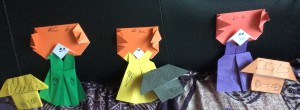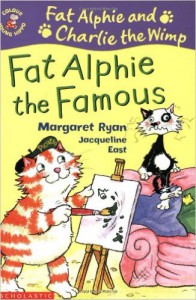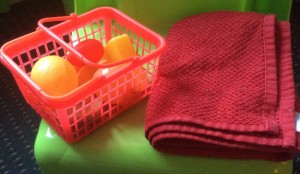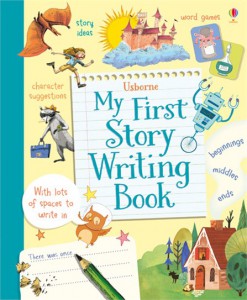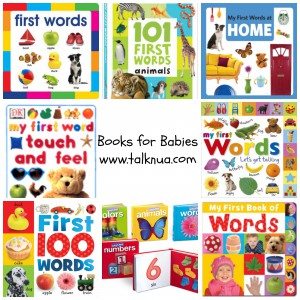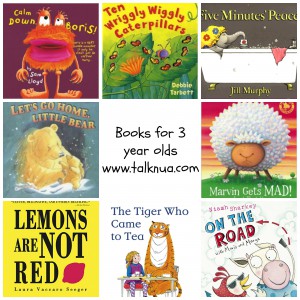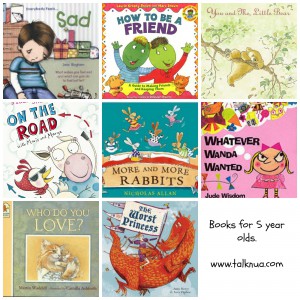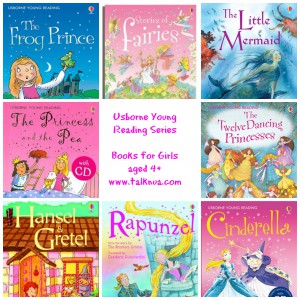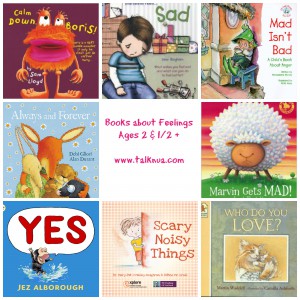What?!!!! you say! How could I love them even more? I adore them?!!
That goes without saying! And at the same time, attachment theory gives us another 6 ways to deepen that connection. And not only to deepen connection with our children but with anyone else that we have a relationship with too.
It all begins with the fact that we are creatures of attachment. We don’t like separation. Attachment is fundamental to our children’s development but for some reason we don’t hear a lot about it. We hear more about independence and self-sufficiency. But in order to become independent, we must first learn to depend and it must feel safe for our children to depend on us. We need to nurture our children’s attachment to us because this actually gives them the energy they need to thrive, mature, and learn. According to the insightful, compassionate Dr. Gordon Neufeld, facing separation is our pre-eminent threat. The separation can be experienced or simply anticipated. For example being on the phone in our child’s presence can be perceived by them as separation and it impacts on their behaviour. I’m sure we’ve all experienced the pulling at you while you are on the phone or talking to someone else in person- they are feeling the threat of separation and acting to restore proximity with you to stop the separation. It’s not logical, it’s emotional…..
There are 6 ways of attaching, roughly fitting in with the first 6 years of life. But it’s never too late to for attachment potential to be realised. The right conditions are important.
Attachment is like a plant: a living thing. Plants attach via their roots and the roots are multiple. The most important part of the plant is something that we don’t see. What meets our eye is the outcome of the rooted-ness of the plant. At least half the energy in a plant is devoted to the root system- in humans even more than that.
So what are the 6 ways of attaching?
# 1 is attachment via the senses. You know how babies love the smell of their parents? Proximity is how babies first begin their attachment journey; through closeness, touch, physical contact. How to harness this way of attaching in later years? Asking the child to be in your company; going on a date with them, just the two of you. Or even simpler just snuggling on the sofa watching a movie. Our children need to know that we find pleasure in their company. If your child has trouble going to sleep (which is a separation) you could try giving them something of yours to wear which will help lessen the separation. Susan Stiffelman (Parenting without Power Struggles) makes the very good point that as children get older and want to spend more time with their peers, it is important that we don’t let our proximity fade- attachment is hierarchical and peer attachments are not where it’s at!
# 2: Sameness. When our children begins to toddle there is more separation and their brain goes- ‘We have to solve this problem!’ And it does so in an ingenious way. When we can’t be with, we can be like. This is where you hear your child using expressions that you use- including swearing! When I’ve asked my little girl what she wants to be when she grows up, she’s said ‘a mama’ or ‘you’…attaching through sameness- so cute! For older children this means having things in common for example, liking the same flavour ice-cream or supoprting the same football team. Have you ever noticed when you meet someone new, how good it feels when you discover you have something in common: you’re both from the same place or you like the same kind of music- that’s attaching through sameness at work.
# 3 Belonging & Loyalty. At about 3 years children begin to be aware of differences and now it occurs to the child that to be close means to be a part of – belonging becomes essential. So they like it when you call them ‘my girl’ as this is to belong. This means being your child’s champion and on his side; standing up for them maybe to a teacher, not taking the teacher’s side. Susan Stiffelman of Parenting without Power Struggles has another lovely analogy of the parents being the child’s North Star; consistent, steady, and loving.
# 4 Significance. Now it occurs to the child that they can’t possess mama- there’s a sibling, a spouse, and they can’t always be the same as or close to their mother for example. It becomes so important to them to know that they are important to us, that they matter to us. They love stories of how you couldn’t wait until they were born or how you felt when they arrived and how much you loved them. This is how they feel close to you in this attachment phase. It has occurred to them that mama and daddy hold close to them that which is important to them. They may start using endearments to you, they loved being called by endearments themselves- anything that communicates specialness, mattering & that’s their way of being close. Pet names that only you use for them for example. In this phase, children will feel held by their parents even when they aren’t physically nearby.
#5 Love. This is where the child gives her heart to whomever she is attached to maybe even starting to draw hearts everywhere! My little girl has started drawing a love heart over her letter ‘I’ when she’s writing- so cute! And frequently declares that she loves me and wants to marry me! At this level of attachment things like walking through a room and just tousling their hair without telling them to tidy up or enquiring about the homework fuels their attachment to you.
#6: Being Known.
This is the final and deepest stage of attachment where the child wants to share all that is within her heart with those to whom she is attached- she wants to be seen from the inside out. If attachment has successfully developed up to this point, then your children is open to you and wants you to know his inner world; to tell you his secrets. It doesn’t mean that your teenager will tell you every last detail about a girl that he likes. It’s more that he will still consider your input as worthwhile.
Children will spontaneously fall into attachment if the conditions are conducive (warm & safe) and the heart is soft (all emotions can be felt). This happens spontaneously.
In my next post, I’ll cover the conducive conditions bit and I’ll cover feeling your emotions in the post after that. Here is an earlier post I wrote about helping children bridge the gap that separation poses: http://talknua.com/bridging-the-gap/
If you liked this post, please pass it on to your friends.
Let’s get talking!
MP





